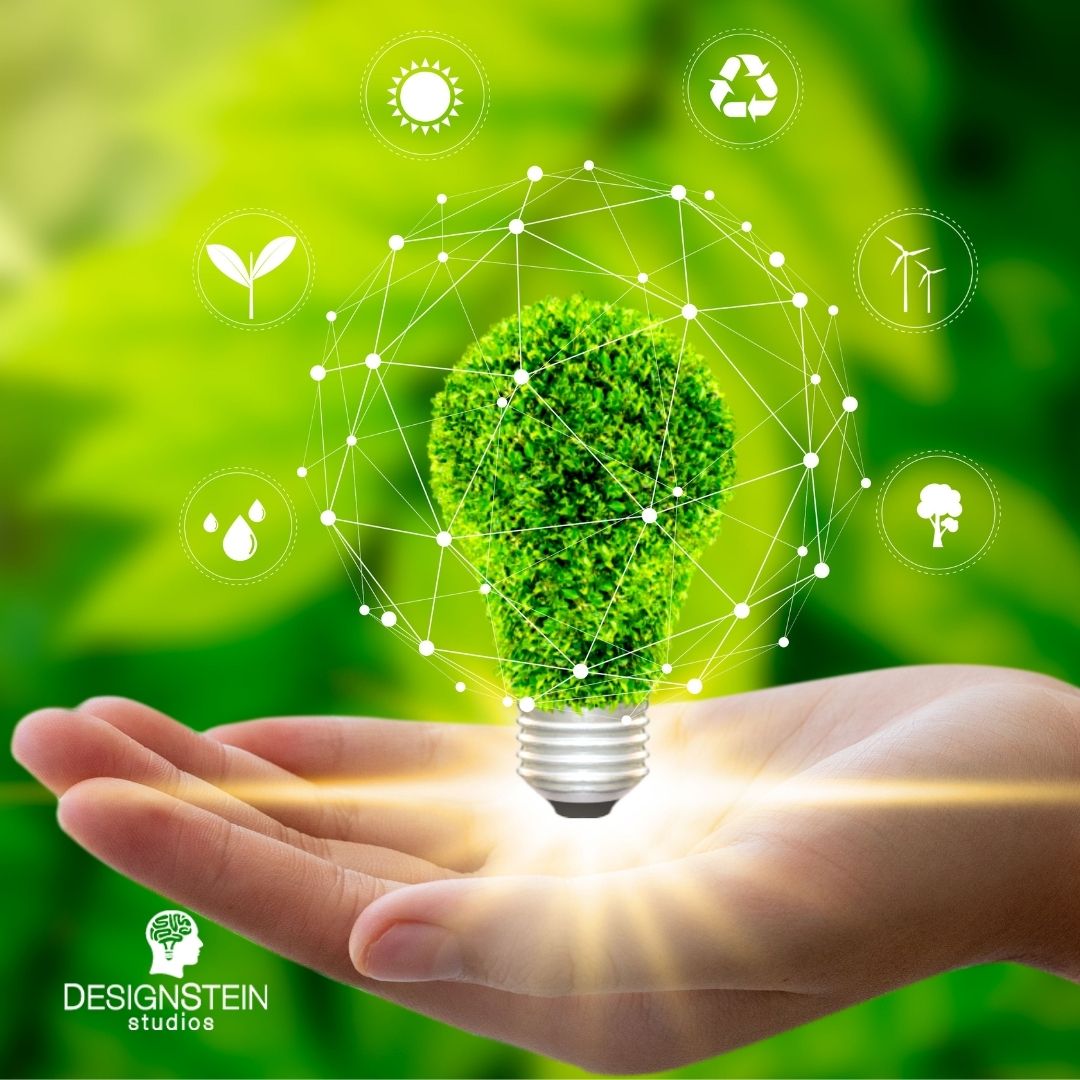Within the last decade or two, there has been a noticeable shift in the market toward eco-conscious living. According to the experts of product design services, the result of this emerging concept has impacted the entire product development process. Now that people are more educated on carbon footprints and overpopulation, the demand for environmentally friendly goods has increased. Fortunately, product designers have already started to prove that they are up to the challenge.
Innovation, change, and optimization are a natural part of the work that product design companies like Designstein Studios do; so, creating more eco-conscious products for a more sustainable future is actually quite within the wheelhouse of these experts. However, the shift to make more sustainable designs still takes a great amount of focus and dedication. In many ways, product designers are responsible for initiating this change by considering how certain decisions get made. When you think about the creation of a product, from raw materials to manufacturing processes to packaging to its total life cycle, there are a lot of factors that can either support or threaten the end goal of sustainability.
Product design services can follow through with eco-conscious designing through advocating for the use of green materials and creating products that minimize energy consumption and waste. By considering the overall well-being of the Earth, along with customer needs, a product design and development company can significantly raise their client’s value proposition and build a socially conscious reputation, which ultimately attracts consumers. Product designers can consider their product within each phase of its lifecycle: manufacturing, transportation, utilization, and disposal. There are concrete methods for improving these stages and it all starts by answering these questions:
- How much energy is required to collect the raw materials?
- How much energy is needed to assemble the product?
- How much energy does it take to transport this product to consumers or retail locations?
- How much energy will the product consume during its daily/weekly/monthly/yearly use?
- How much waste will manufacturing for this product produce?
- Can the product be repurposed or recycled at its end of life?
- Is the product biodegradable and, if so, how quickly can it break down?
In answering these questions, one can begin to consider how a product can be made more sustainable and how it can better attract eco-conscious consumers. Not every product will be perfect, but as long as some effort is made to improve the ecological impact of the product, then a business will be making strides in the market. Here are some actionable adjustments that can help keep products out of landfills and support a greener future:
-
- Cradle to Grave Thinking – This concept encourages designers to consider how their product can be transitioned after its first life cycle. Perhaps it can be recycled into a new device or used as fuel for something else.
- Design for Disassembly – This concept describes making something that can be easily disassembled for its components for recycling of different materials. It works hand in hand with cradle to grave thinking.
- Use Green Materials – Many plastics are filled with toxins that can pollute the environment as they decompose and others will not decompose for thousands of years. So, try to use materials that are non-toxic, not scarce, easily reproduced, fast to renew, and low waste.
- Use fewer Materials – Lightweighting is a term that means making products with less material, thus “lighter.” This can have an overall positive effect on the environment. By reducing the number of resources consumed, less is being wasted.

